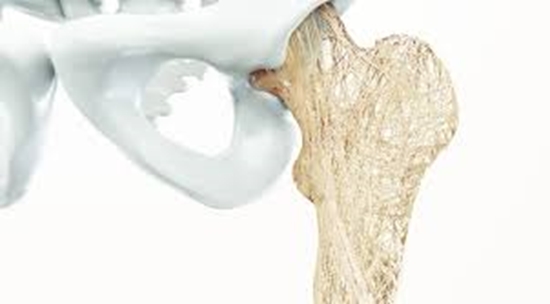Health-Related Quality of Life in Osteoporosis Patients with and without Fractures in Tehran, Iran
This study aimed to measure the health-related quality of life (HRQOL) of patients with osteoporosis with and without fractures in Tehran, the capital city of Iran.

We surveyed a sample of 478 patients with osteoporosis aged over 50 years. Participants with fractures included patients referred to hospitals due to osteoporotic fractures which were alive 6 months after the fracture. Participants without fractures were randomly selected from patients with a definite diagnosis of osteoporosis admitted to 3 outpatient clinics in Tehran. Data were collected using the EuroQol 5-dimensional 5-level questionnaire. Statistical differences between patients with and without fracture were tested with Pearson’s χ2 test, Student’s t-test, and the Mann–Whitney U-test. The association between HRQOL and other variables was evaluated using a multiple linear regression model.
Results
The patients’ mean age±standard deviation was 67.3±11.9 years, and 74.1% were women. One hundred and seventeen (23%) patients had hip fractures, 56 (11%) had vertebral fractures, 127 (25%) had forearm fractures, and 178 (40%) had no fractures. The median (interquartile range) values of HRQOL scores of those with hip, vertebral, and forearm fractures and those with no history of fracture were 0.53 (0.22), 0.60 (0.28), 0.64 (0.26), and 0.64 (0.27), respectively. The multiple regression model revealed a significant relationship between the HRQOL scores and sex, marital status, employment status, presence of any chronic illness in addition to osteoporosis, and type of fracture.
Conclusions
Osteoporosis and its related fractures can reduce the HRQOL.





ارسال نظر